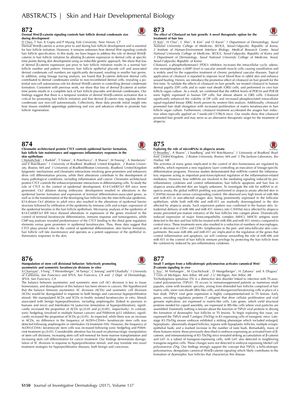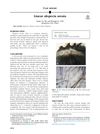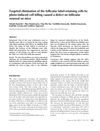Exploring the Role of MicroRNAs in Alopecia Areata
April 2017
in “
Journal of Investigative Dermatology
”

TLDR Certain microRNAs may protect against hair loss in alopecia areata and could be potential treatment targets.
The document reports on a study exploring the role of microRNAs (miRNAs) in alopecia areata, a condition characterized by hair loss due to inflammation and hair follicle apoptosis. The study involved global miRNA profiling in the skin of C3H/HeJ mice affected by alopecia areata compared to control mice. The researchers found that miR-486 and miR-451 were highly expressed in non-affected anagen skin, particularly in the follicular epithelium, but were significantly downregulated in skin affected by alopecia areata. This pattern was also confirmed in human skin. Intradermal delivery of miR-486 and miR-451 mimics into mice with alopecia areata prevented premature hair follicle entry into the catagen phase and reduced the expression of major histocompatibility complex antigens, as well as the number of macrophages and CD4+ and CD8+ lymphocytes in the skin. These findings suggest that miR-486 and miR-451 play a role in maintaining hair follicle immune privilege and protecting against cytotoxicity induced by pro-inflammatory cytokines. The study indicates a potential therapeutic target for alopecia areata treatment.


